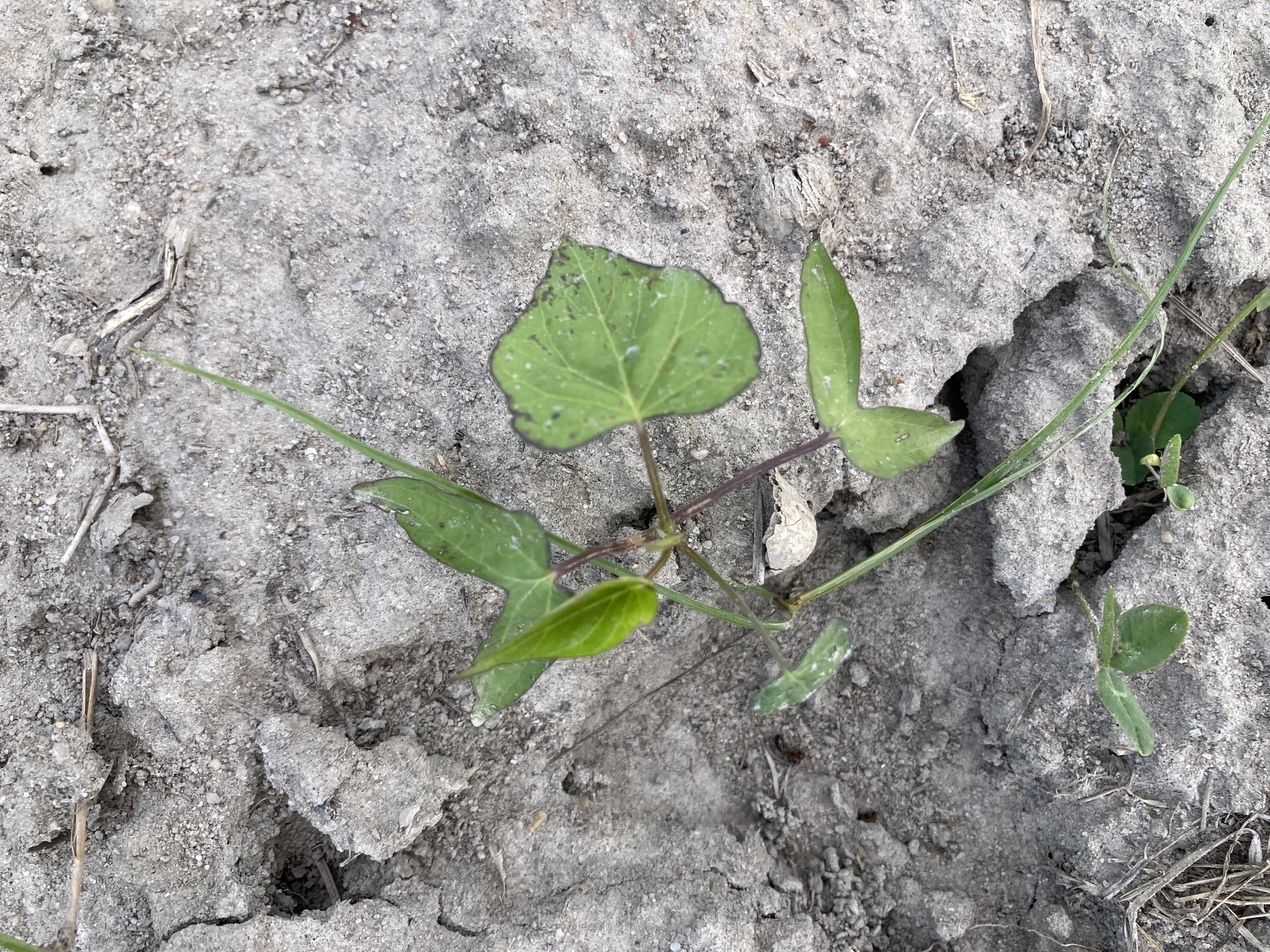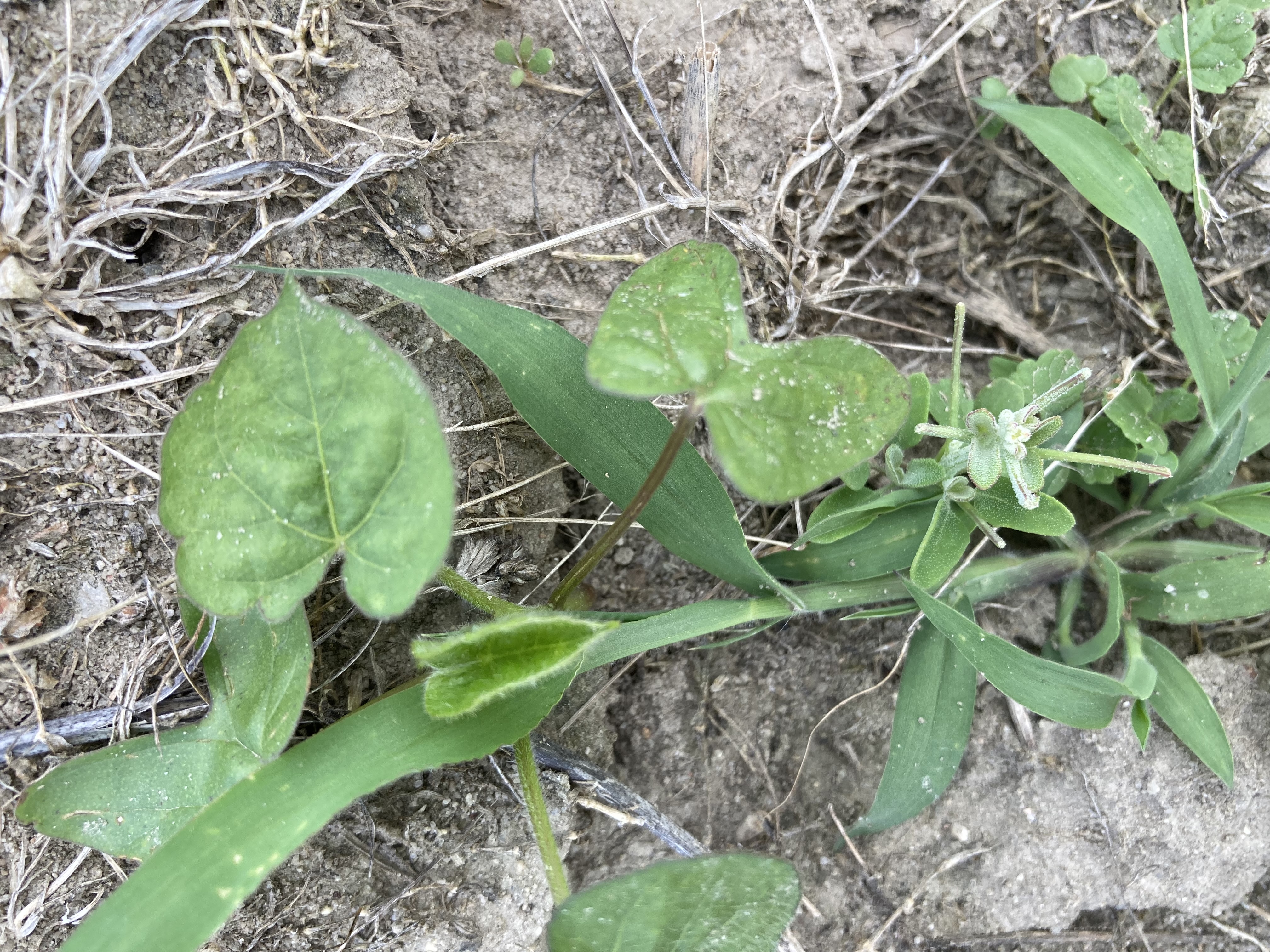Controlling Morningglories Peanut Notes No. 107 2024
go.ncsu.edu/readext?1009420
en Español / em Português
El inglés es el idioma de control de esta página. En la medida en que haya algún conflicto entre la traducción al inglés y la traducción, el inglés prevalece.
Al hacer clic en el enlace de traducción se activa un servicio de traducción gratuito para convertir la página al español. Al igual que con cualquier traducción por Internet, la conversión no es sensible al contexto y puede que no traduzca el texto en su significado original. NC State Extension no garantiza la exactitud del texto traducido. Por favor, tenga en cuenta que algunas aplicaciones y/o servicios pueden no funcionar como se espera cuando se traducen.
Português
Inglês é o idioma de controle desta página. Na medida que haja algum conflito entre o texto original em Inglês e a tradução, o Inglês prevalece.
Ao clicar no link de tradução, um serviço gratuito de tradução será ativado para converter a página para o Português. Como em qualquer tradução pela internet, a conversão não é sensivel ao contexto e pode não ocorrer a tradução para o significado orginal. O serviço de Extensão da Carolina do Norte (NC State Extension) não garante a exatidão do texto traduzido. Por favor, observe que algumas funções ou serviços podem não funcionar como esperado após a tradução.
English
English is the controlling language of this page. To the extent there is any conflict between the English text and the translation, English controls.
Clicking on the translation link activates a free translation service to convert the page to Spanish. As with any Internet translation, the conversion is not context-sensitive and may not translate the text to its original meaning. NC State Extension does not guarantee the accuracy of the translated text. Please note that some applications and/or services may not function as expected when translated.
Collapse ▲The first step in controlling morningglories is identification. Entireleaf morningglory and pitted morningglory are generally the two species we find in peanut fields. Ultra Blazer, Storm, and Cobra can be weak on entireleaf morningglory because of the pubescence (hairs) on the leaves that minimize coverage on the leaf and absorption of herbicides. These herbicides do a great job on pitted morningglory (smooth leaves with few hairs.) 2,4-DB is very good on entireleaf morningglory but offers almost no control of pitted morningglory. In many fields, a mixture of a PPO herbicide and 2,4-DB offers control of all morningglories. Cadre is also very good on all morningglories we have, and you will get residual control of the next flush wth Cadre. Paraquat is good on morningglories but they need to be small. Anthem Flex adds to control of morningglories. Basagran also has activity on morningglories.




